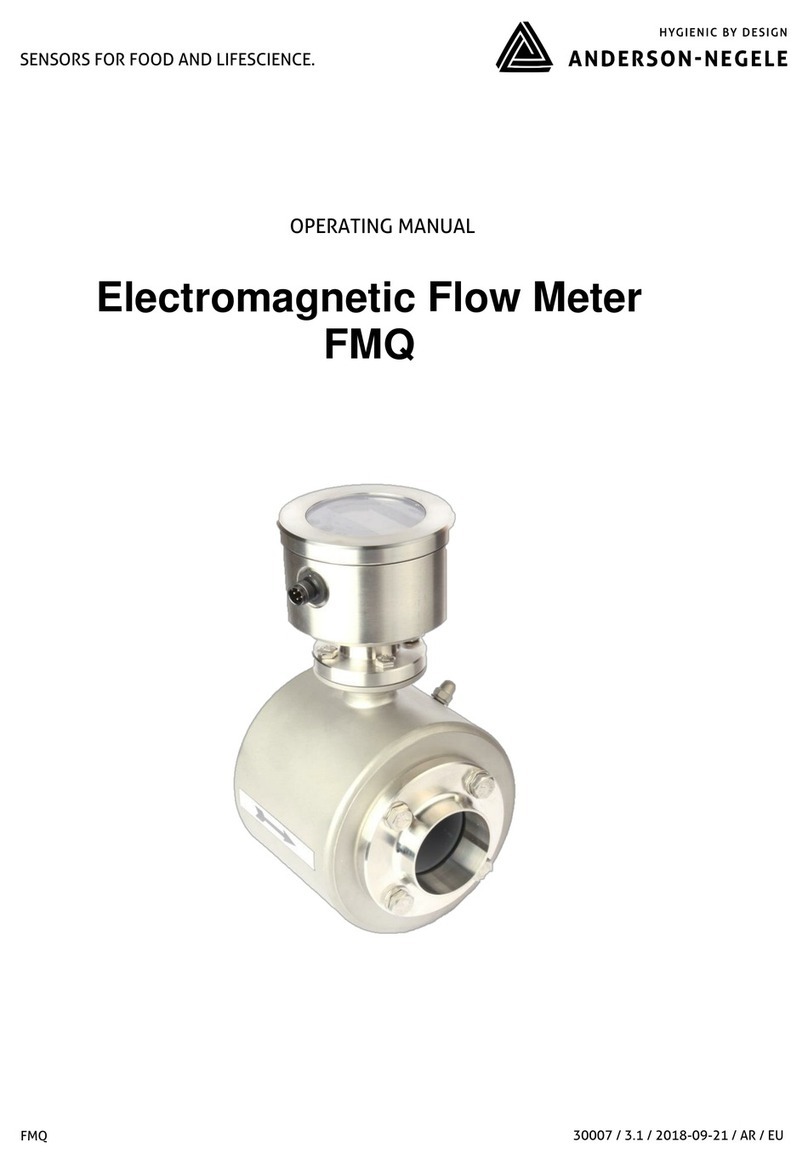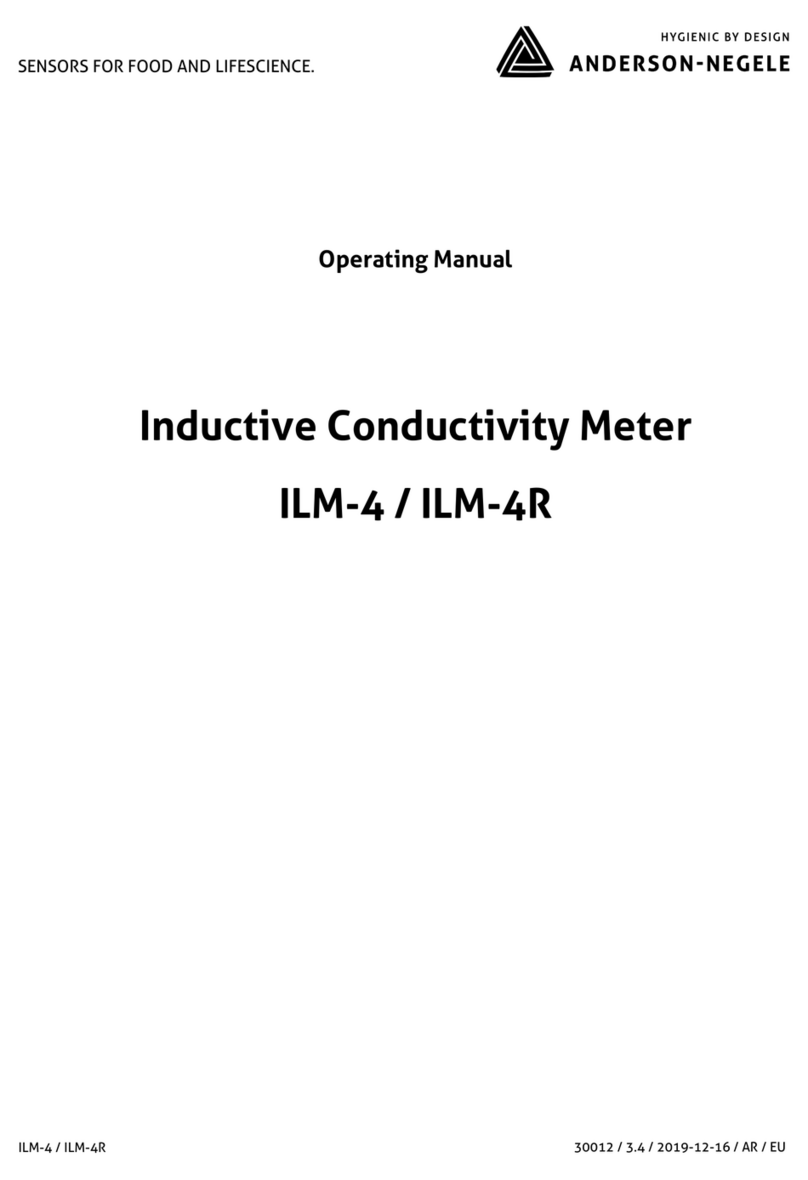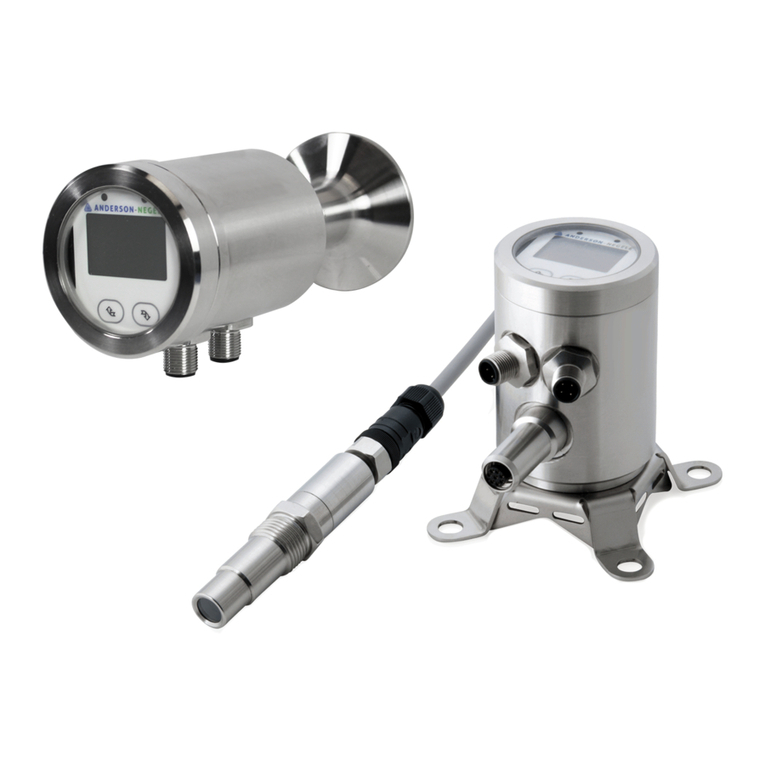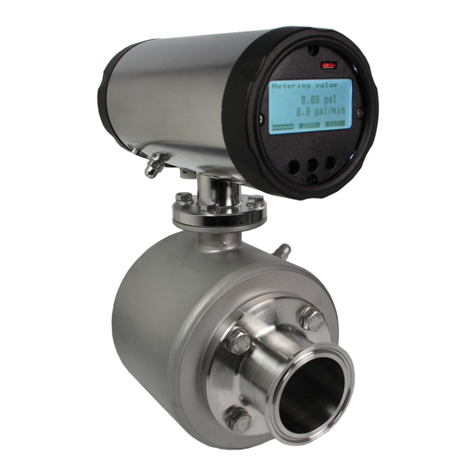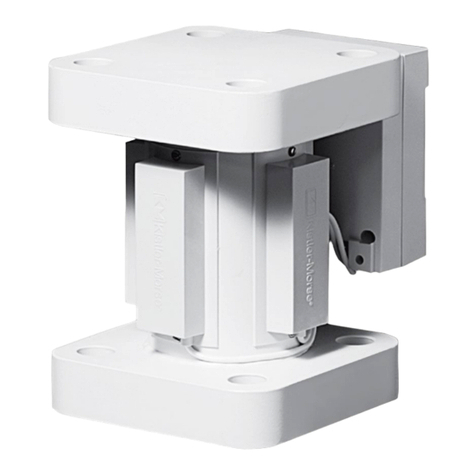Table of contents
Offset.......................................................................................................... 39
SPAN.......................................................................................................... 39
Pipe Detect (recognition of an empty meter tube)....................................... 39
Nominal width............................................................................................. 39
7.8. Display level: Special functions............................................................................ 39
Zero adjust.................................................................................................. 40
Factory settings .......................................................................................... 40
LCD contrast............................................................................................... 40
7.9. Display level: Service level.................................................................................... 41
Error register: Metering............................................................................... 41
Error register: Operating system................................................................. 41
Simulation of the current output.................................................................. 41
Simulation of the pulse outputs................................................................... 42
Simulation of the flow rate........................................................................... 42
7.10. Display level: Info................................................................................................... 43
Info1 ........................................................................................................... 43
Info2 ........................................................................................................... 43
Info3 ........................................................................................................... 43
7.11. LOCK switch........................................................................................................... 44
8. Parameterization..................................................................................................... 45
8.1. Adjustments ........................................................................................................... 47
Adjustment by calibration factor "m spe"..................................................... 47
8.2. Measuring accuracy............................................................................................... 48
9. Trouble-shooting .................................................................................................... 49
9.1. Error diagnosis....................................................................................................... 49
Error diagnosis via the display.................................................................... 49
Error list...................................................................................................... 50
9.2. Typical effects or error sources............................................................................ 51
Flow without flow rate indication: ................................................................ 51
No pulse transmission despite displayed flow............................................. 51
No analog signal available.......................................................................... 51
Deviations of measured values................................................................... 52
9.3. Error reset............................................................................................................... 53
9.4. Transmitter tests.................................................................................................... 53
Visual check ............................................................................................... 53
10. Maintenance............................................................................................................ 54
10.1. Safety instructions for maintenance work............................................................ 54
10.2. Routine maintenance............................................................................................. 55
Preventive maintenance steps.................................................................... 55
10.3. Repairs.................................................................................................................... 56
Sending-in the flow meter to the manufacturer............................................ 56
Repair work ................................................................................................ 57
10.3.2.1. Replacement of the sealing cover of the display unit .................. 57
10.3.2.2. Replacement of the transmitter................................................... 57
10.4. Special program functions .................................................................................... 57
Flow simulation........................................................................................... 57
